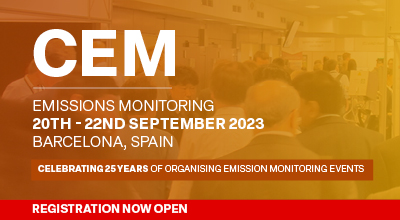| Abstract Title: | Mercury Released from Mercury Contaminated Steel During Smelting |
| Presenter Name: | Mr Matthew Kirby |
| Co-authors: | Mr Stuart Baker Mr Matthew Bower Mr David Walls Dr Mark Andrew |
| Company/Organisation: | Qa3 Limited |
| Country: | United Kingdom |
Abstract Information :
Many oil and gas producing regions that have aged assets, coupled with lower reserves of petroleum rescources, has led to the implementation of decommissioning activities for these facilities. Mercury is ubiquitous in oil and gas reservoirs and it is well documented that mercury will deposit onto the internal process infrastructure via several mechanisms including chemisorption, adsorption, precipitated scale deposits (e.g. HgS) and co-precipitation with other scale (e.g. iron oxide). Thus, aged facilities that have reached the end of their operational life and are selected for decommissioning may pose a serious risk to health and the environment. Decommissioning offshore assets is a comprehensive process that encompasses: • Platform preparation • Well plugging and abandonment • Removal of conductor casing • Topside removal of rig / platform • Pipeline and power cable removal • Material disposal The entire process needs to be sustainable with minimal impact on the environment and as much recycling of the materials as is practically possible. This presentation details work carried out to better understand the potential mercury exposure to workers and releases to the environment during the smelting of mercury contaminated scrap steel.

